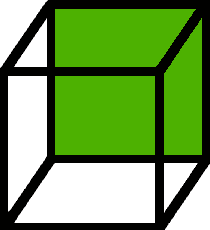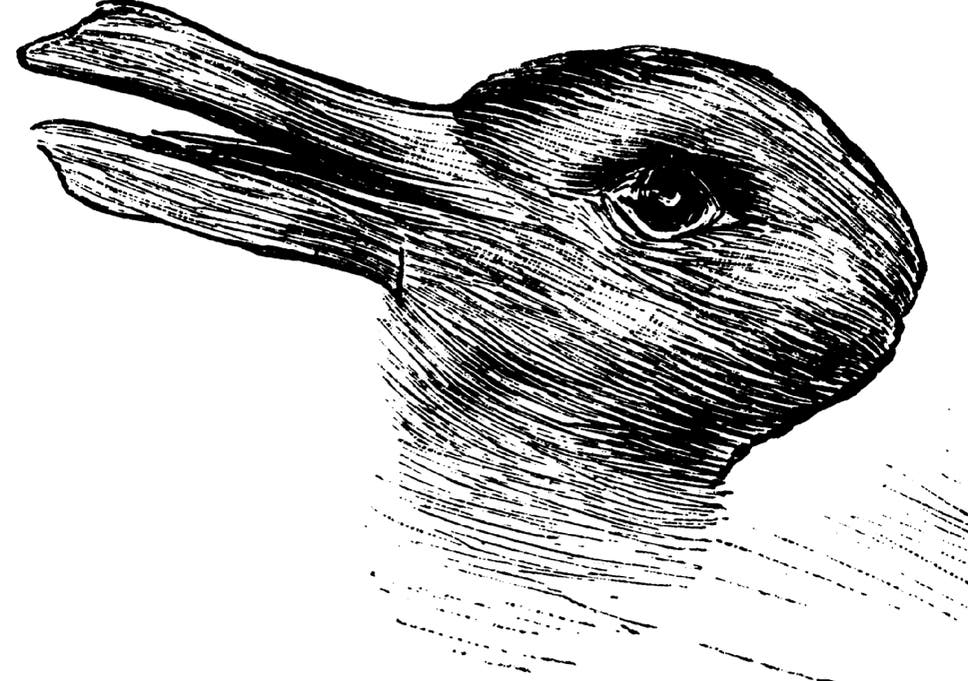In class we discussed how attention and what you look at will effect the way you see things. This was illustrated through multiple examples like the monkey business video where a monkey walked through people passing a ball and about half of the people never see the monkey. Another example was a blinking picture that overtime changed to a completely different picture and almost everyone thought there were some changes but didn’t notice the whole image change.
I wanted to explore these concepts more and remembered a time in my high school class when we looked at examples which illustrated top down processing and how we can run into errors associated with them.

This is an example of The Necker Cube which shows two different perspectives when focused you focus on different areas. The way people see the image initially is based on our previous experiences. Below I have provided a few more examples of these double image images.

https://res.cloudinary.com/droz/image/upload/c_fill,f_auto,h_480,w_720/v1558283303/prod-store/gallery/slides/slide6.jpg?itok=xwF2a4W5
In the above example the white will make a vase and the black will show two faces.

https://static.independent.co.uk/s3fs-public/thumbnails/image/2016/02/14/12/duck-rabbit.png?w968h681
In the above example there is a bunny with the ears facing to the left or you will see a duck with its beak facing to the left
All of these images get processed in our brian by a certain way. There are three steps which our brain goes through. The first step is for us to take in all of the information we can get from the image we are presented with. This is what is called the sensory data. The next step is for our brain to recall previous experiences and memories which can be related to the sensory data. The final step is the brain will make a guess or inference based on what it learned above.
There is another process that the brain uses which is called bottom-up processing. Bottom up processing takes sensory information and then has it build upon itself until the fill picture or any other type of information is complete.